Find the period of oscillation of the system shown in figure.
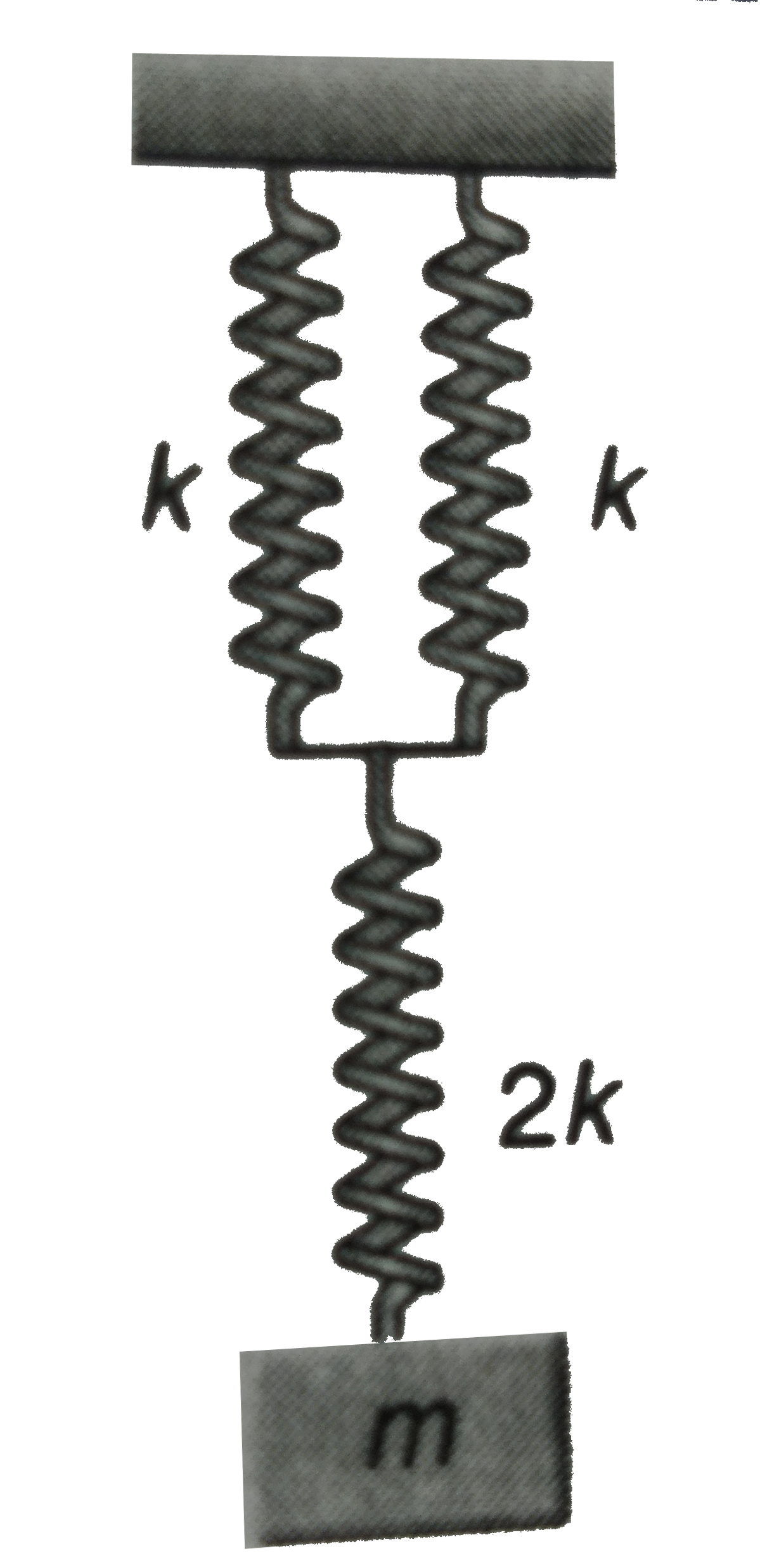
The correct Answer is:B
Resultant of k and k is 2k. Then, resultant of 2k and 2k is k.
Now T=2π√mk
Topper's Solved these Questions
- SIMPLE HARMONIC MOTIONBOOK - DC PANDEY ENGLISHCHAPTER - SIMPLE HARMONIC MOTIONEXERCISE - Level 2 Single Correct
28 Videos
- SIMPLE HARMONIC MOTIONBOOK - DC PANDEY ENGLISHCHAPTER - SIMPLE HARMONIC MOTIONEXERCISE - Level 2 More Than One Correct
8 Videos
- SIMPLE HARMONIC MOTIONBOOK - DC PANDEY ENGLISHCHAPTER - SIMPLE HARMONIC MOTIONEXERCISE - Level 1 Single Correct
24 Videos
- SEMICONDUCTORS AND ELECTRONIC DEVICESBOOK - DC PANDEY ENGLISHCHAPTER - SEMICONDUCTORS AND ELECTRONIC DEVICESEXERCISE - More than One Option is Correct
3 Videos
- SOLVD PAPERS 2017 NEET, AIIMS & JIPMERBOOK - DC PANDEY ENGLISHCHAPTER - SOLVD PAPERS 2017 NEET, AIIMS & JIPMEREXERCISE - Solved paper 2018(JIPMER)
38 Videos
Similar Questions
The time period of oscillation of the block as shown in figure is

View SolutionFind the natural frequency of oscillation of the system as shown in figure. Pulleys are massless and frictionless. Spring and string are also massless. (Take π2=10)
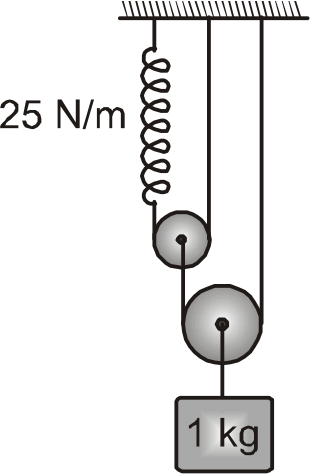
View SolutionFind the electric dipole moment of the system shown in figure.
View SolutionFind the capacitance of the system shown in figure.

View SolutionA block of mass m is attached to a cart of mass 4m through spring of spring constant k as shown in the figure. Friction is absent everywhere. The time period of oscillations of the system, when spring is compressed and then released, is
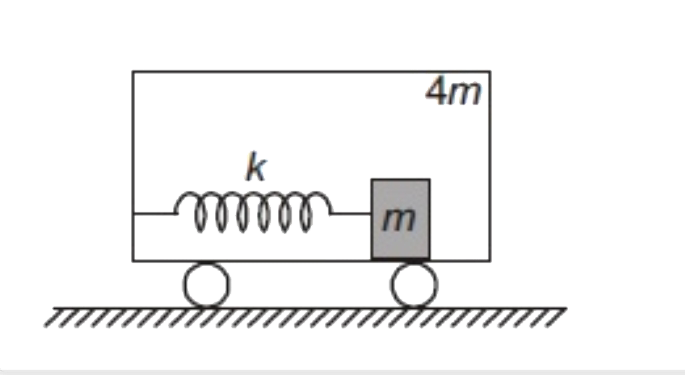
View SolutionFind the time period of the oscillation of mass m in figure a,b,c what is the equivalent spring constant of the pair oif springs in each case?

View SolutionFind the equivalent capacitance of the system shown in figure between the points a and b.
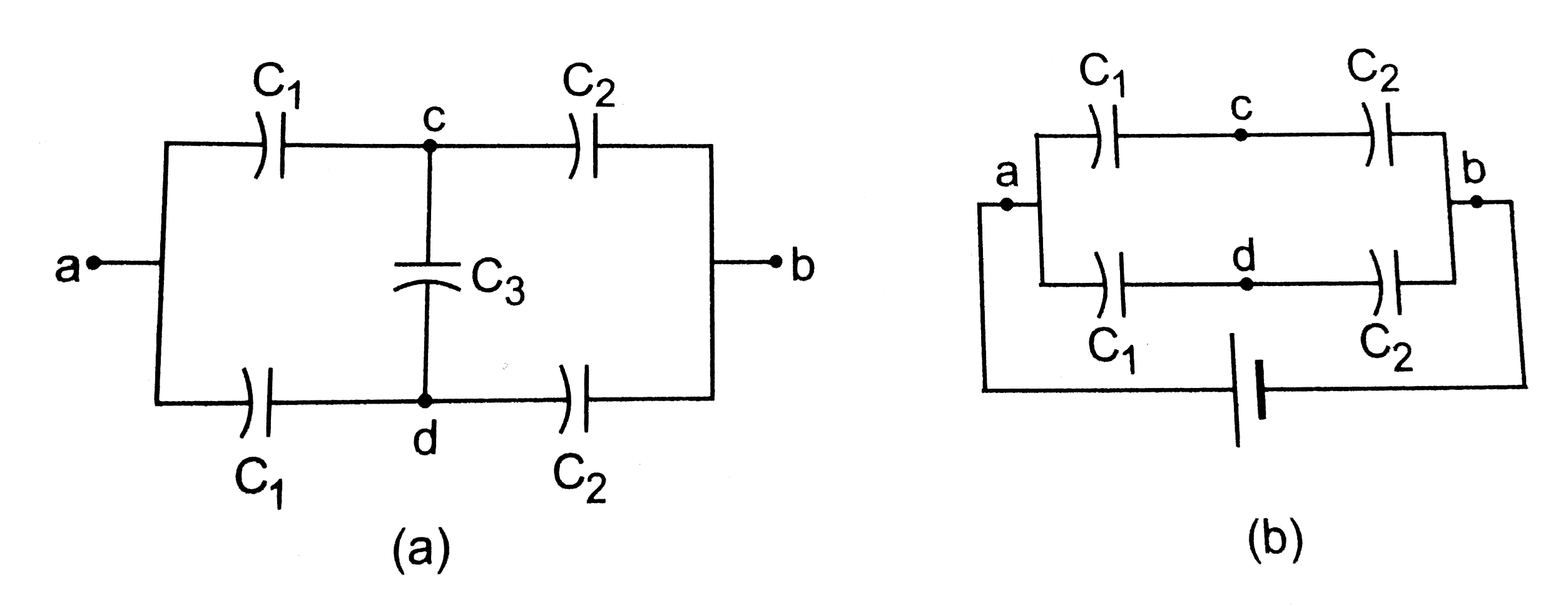
View SolutionFind the equivalent capacitance of the system shown in figure between the points a and b .
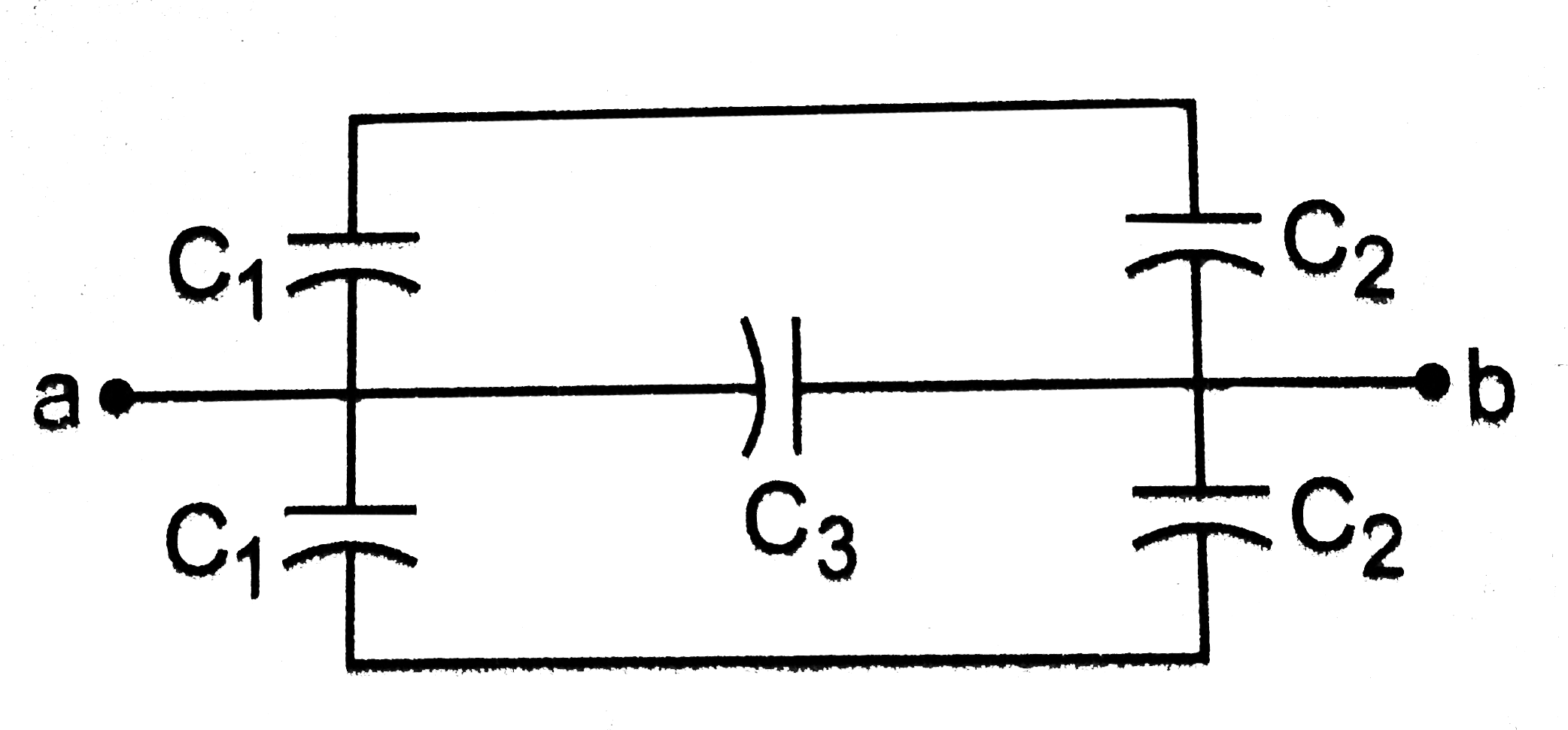
View SolutionFind the time period of the motion of the particle shown in figure. Neglected small effect of the bend near the bottom.

View SolutionDisregarding gravity, find the period of oscillation of the particle connected with four springs as shown in the figure.
(given:θ=45∘.β=30∘)
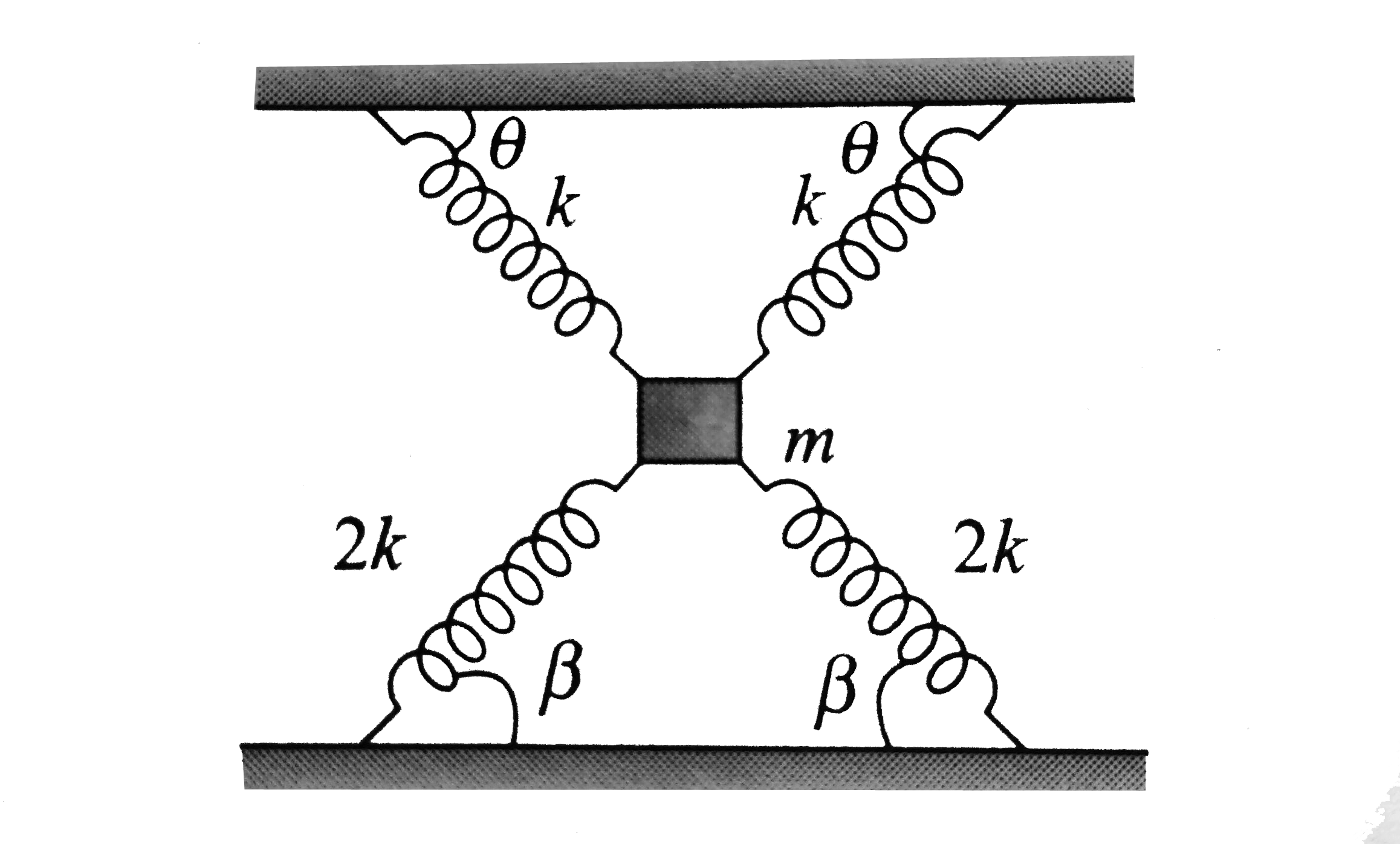
View Solution
